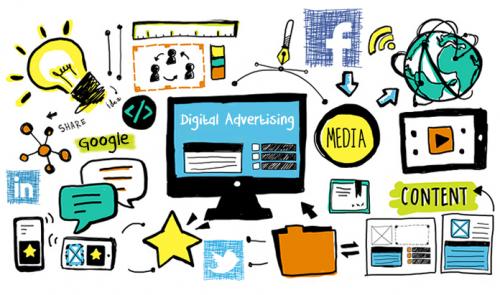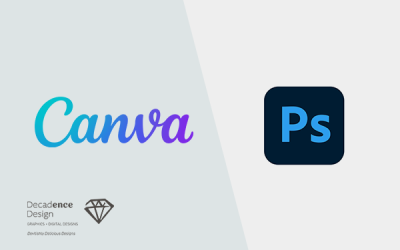A strong and well-executed design for your marketing materials is no longer a choice, it’s a necessity. Here at Decadence Design, we cannot stress the importance of great designs enough. As digital marketing landscape permeates new industries, an increasing number of companies are becoming conscious of the important role design plays in attracting new customers. Specific tools and techniques like A/B testing, heat maps, and real-time data analytics have enabled marketers to break down design elements into small, testable parts, and evaluate the effectiveness of each element with precise measures.
Why does that mean from a marketing standpoint? Traditional approaches used in print marketing
designs may not work in the digital space. One obvious reason is, printed designs are based on mere hunches and intuitions, rather than on real-time data and insights. A print ad that goes in a magazine or newspaper, for instance, doesn’t factor in users’ reaction – simply because it is not possible. So, the effectiveness of the ad design, copy, colour scheme, and information layout etc. also depends on how accurate or inaccurate the individual judgment of the designer or creative collaborator is. On the other hand, digital ads (that are run across social media, search engines, or display networks) are primarily focused around the audience’s response or engagement level. In a digital environment, since you have a full control over the material that goes online, you can always tweak your design, add material, and make it tailored to the changing buying psyche of the end users.
With print marketing design, most of the creative efforts are deployed before the materials go live. On the contrary, digital marketing designs allow you to make important changes even after the materials go live. So, in a sense, digital marketing design is partly an art and partly a science. It’s a science because there’s a lot of experimentation and testing involved going back and forth that allows for certain concepts to be filtered and others to be accepted.
Because digital marketing designs are increasingly becoming data-driven, companies need to focus on mastering the art of split testing and controlled experimentation as much as possible. Generic designs, to say the very least, are ineffective in today’s online world, if not harmful. So as you move forward to craft a design strategy for your marketing, you need to make sure that it’s flexible and adaptive to the changing preferences of the target audience.





